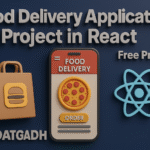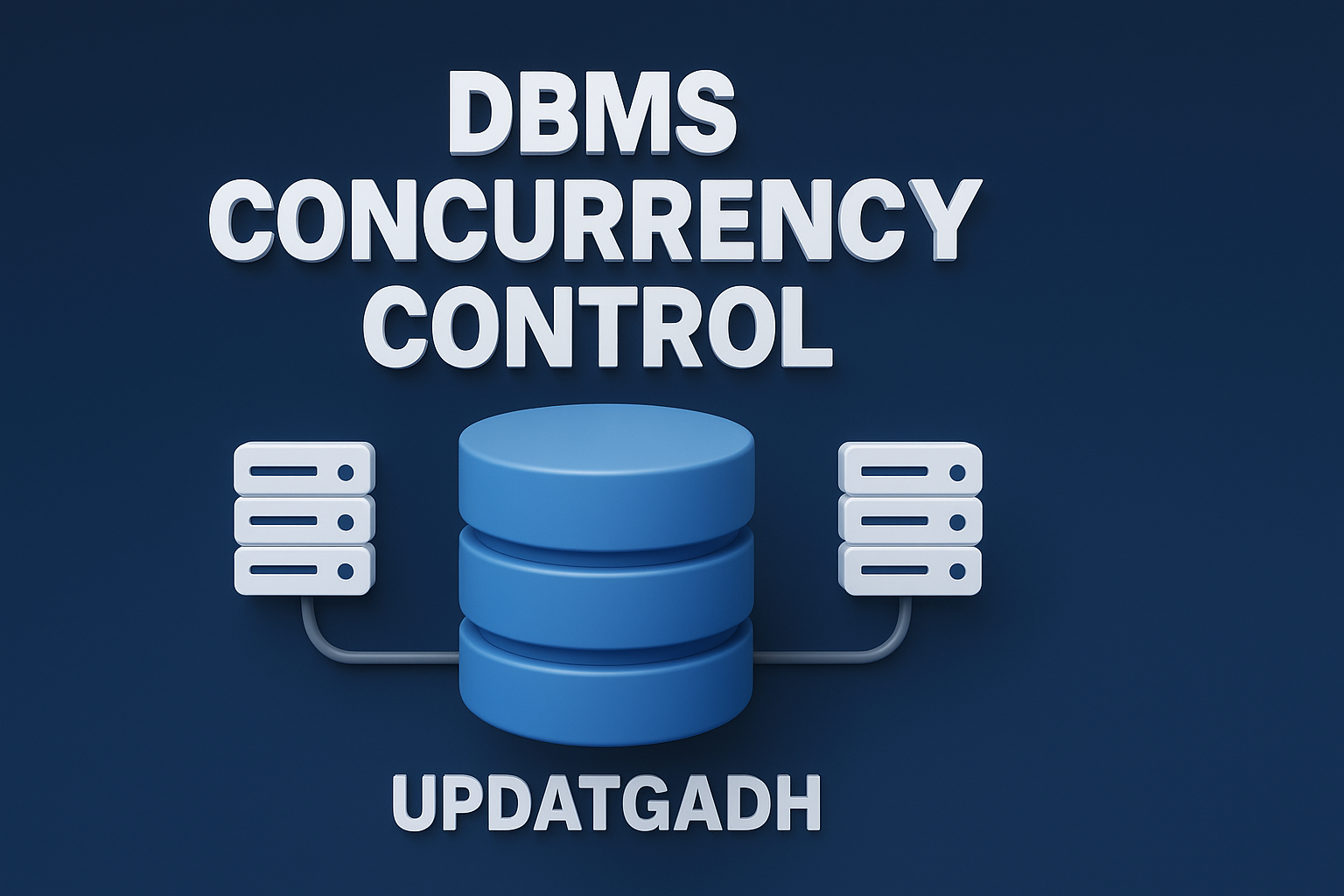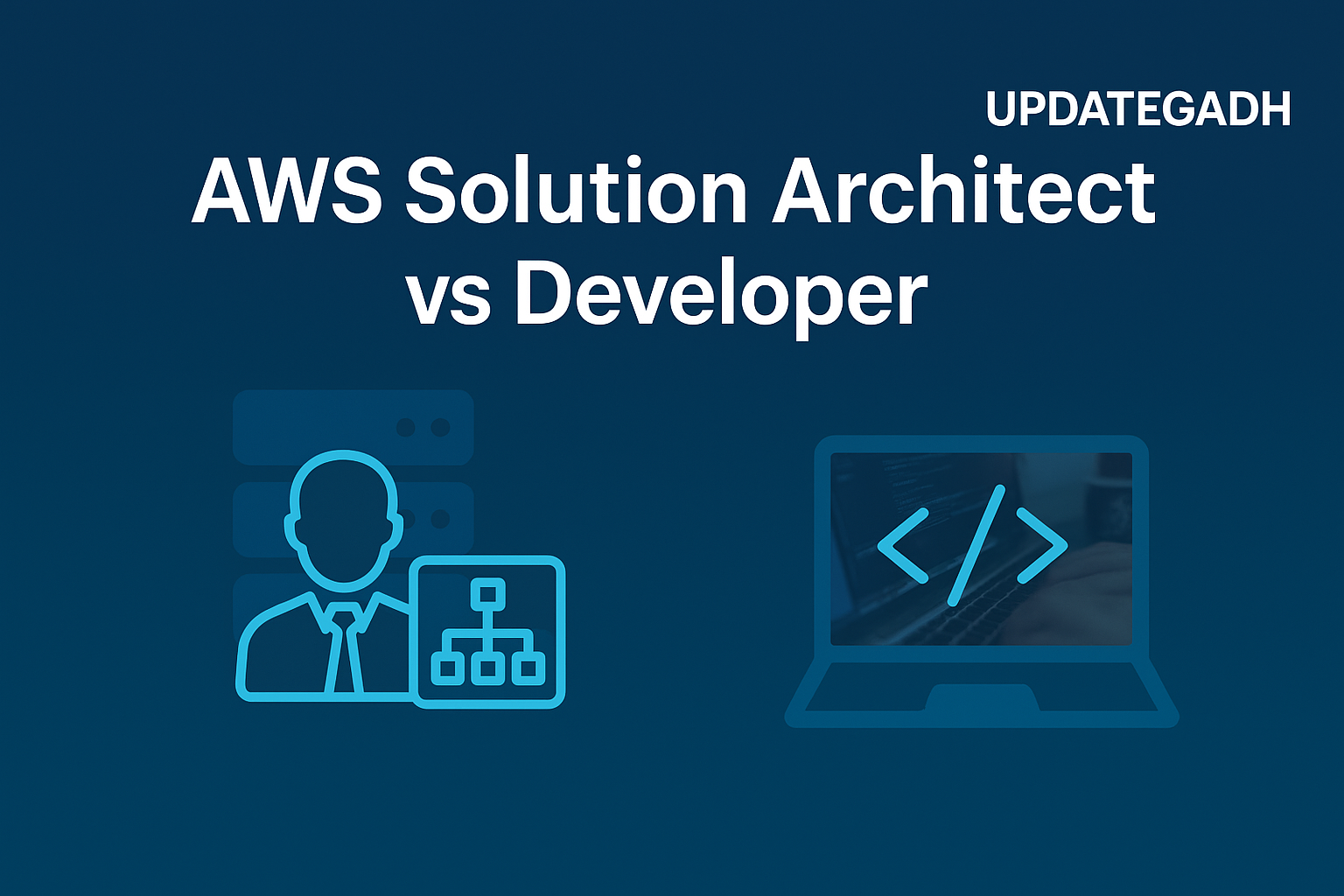
🔍 Hadoop for Data Science: Unleashing the Power of Big Data
Hadoop for Data Science
📘 Introduction
In today’s digitally-powered ecosystem, the ability to analyze and extract insights from massive volumes of data has become a cornerstone for innovation and decision-making. Data Science has rapidly evolved into a driving force behind industry transformation, offering tools and methods to turn raw data into strategic assets.
Among the foundational technologies powering this data revolution stands Hadoop—an open-source framework that has redefined the possibilities of Big Data processing. In this article, we’ll explore how Hadoop—especially its MapReduce programming model—empowers data scientists to process vast datasets efficiently and cost-effectively.
Machine Learning Tutorial:-Click Here
🌐 Understanding the Big Data Challenge
With the exponential growth of data across industries, traditional data systems began falling short in storage, speed, and scalability. Organizations struggled to handle petabytes of data using conventional relational databases, creating a dire need for a more robust and scalable solution.
That’s where Hadoop enters the picture.
Hadoop is an open-source, distributed computing framework designed to process massive datasets across clusters of commodity hardware. It follows a divide-and-conquer approach, enabling organizations to manage and analyze enormous data volumes without centralized supercomputers.
🧩 The Hadoop Ecosystem Explained
At its core, Hadoop comprises several tightly-integrated components that make it a complete platform for big data analytics:
1. HDFS (Hadoop Distributed File System)
HDFS stores data by breaking it into blocks and distributing them across multiple nodes. It ensures fault tolerance through data replication, making storage reliable and scalable.
2. MapReduce
This is the processing engine of Hadoop. It breaks large data problems into smaller chunks (Map) and then combines results (Reduce). It’s the backbone of Hadoop’s ability to perform parallel processing at scale.
3. YARN (Yet Another Resource Negotiator)
YARN acts as Hadoop’s resource manager, efficiently allocating compute resources and enabling multiple applications to run simultaneously across the cluster.
4. Hive
A SQL-like data warehousing tool built on Hadoop. Hive allows analysts to query large datasets using familiar SQL syntax without deep programming knowledge.
5. Pig
Pig is a high-level platform for creating MapReduce programs using its scripting language, Pig Latin. It simplifies complex data transformations for data scientists.
6. HBase
A NoSQL database that supports real-time reads/writes on top of HDFS. It’s perfect for use cases requiring fast, scalable data access—like fraud detection or real-time analytics.
7. Sqoop
Used for importing/exporting data between Hadoop and relational databases, Sqoop is vital for integrating Hadoop with traditional RDBMS systems.
8. Flume & Kafka
These tools support real-time data ingestion from various sources—social media, IoT devices, logs, etc.—into Hadoop.
9. Mahout & MLlib
Both offer machine learning libraries designed to work with large-scale data in Hadoop. They help data scientists apply predictive analytics at scale.
Download New Real Time Projects :-Click here
🚀 Why Hadoop is a Game-Changer for Data Science
✅ Scalability
Thanks to its distributed nature, Hadoop allows organizations to scale out by adding more nodes without disrupting performance.
✅ Cost-Effectiveness
HDFS can run on commodity hardware, drastically reducing storage costs compared to high-end servers.
✅ Parallel Processing
With MapReduce, data scientists can process vast datasets in parallel, which accelerates experimentation and discovery.
✅ Flexibility
Hadoop’s ecosystem includes tools for everything from querying to machine learning, allowing data scientists to choose the right tool for the job.
🏥 Real-World Applications of Hadoop in Data Science
🔹 Healthcare
Used to process electronic health records and genomic data, Hadoop helps improve diagnoses, forecast disease trends, and optimize hospital operations.
🔹 E-Commerce
Retailers leverage Hadoop for personalized product recommendations, user behavior analytics, and dynamic pricing strategies.
🔹 Finance
Banks and fintech firms use Hadoop to power real-time fraud detection, risk modeling, and high-frequency trading.
🔹 Energy Sector
Used for predictive maintenance, smart grid optimization, and energy usage analysis, Hadoop drives operational efficiency.
🔹 Social Media
Platforms use Hadoop to process billions of daily interactions, enabling better content recommendations and user engagement analysis.
⚠️ Challenges to Consider
While Hadoop is powerful, its adoption comes with certain considerations:
- Steep Learning Curve: Data scientists unfamiliar with distributed computing may need time and training.
- Infrastructure Demands: Requires significant hardware setup, which could be a hurdle for small enterprises.
- Security Concerns: Managing secure access and encryption across nodes requires meticulous planning.
- Data Quality: Hadoop doesn’t inherently guarantee clean data. Validation and cleansing are essential.
- Integration Complexity: Integrating with existing systems can be tricky and requires thoughtful architecture design.
🌟 Future Trends in Hadoop and Data Science
☁️ Cloud-Based Hadoop
Cloud platforms like AWS EMR, Google Cloud Dataproc, and Azure HDInsight are making Hadoop more accessible, scalable, and cost-efficient.
🧠 AI & Machine Learning Integration
Data preprocessing for ML models is increasingly powered by Hadoop, streamlining AI development pipelines.
⚡ Real-Time Stream Processing
Combining Hadoop with platforms like Apache Kafka and Apache Spark enables real-time decision-making.
📦 Containerization
Using Docker and Kubernetes, managing Hadoop clusters has become more agile and less error-prone.
Complete Advance AI topics:- CLICK HERE
SQL Tutorial :-Click Here
📝 Conclusion
Hadoop has transformed the landscape of data science, offering a scalable, flexible, and budget-friendly framework for analyzing enormous datasets. With its robust ecosystem and MapReduce model, it equips data scientists with the ability to extract actionable insights from big data like never before.
However, like any powerful tool, it requires a strategic approach for successful implementation. As Hadoop continues to evolve—intersecting with AI, cloud computing, and real-time analytics—it will remain a cornerstone of modern data science.
At Updategadh, we believe that mastering Hadoop isn’t just about handling data—it’s about unleashing its true potential. Whether you’re an aspiring data scientist or an enterprise looking to scale, Hadoop is a path worth exploring.
Hadoop for Data Science architecture
Hadoop for Data Science ecosystem
Hadoop for Data Science in big data
Hadoop for Data Science components
Hadoop for Data Science vs spark
hadoop full form
advantages Hadoop for Data Science
features of Hadoop for Data Science
hadoop for data science tutorial
hadoop for data science free
hadoop for data science example
hadoop for data science
is hadoop necessary for data science
is hadoop required for data science
Hadoop for Data Science analysis
Hadoop for Data Science machine learning
hadoop for dummies
using hadoop for big data analytics
is hadoop a database
bda Hadoop for Data Science
big data hadoop and spark developer tutorial










Post Comment